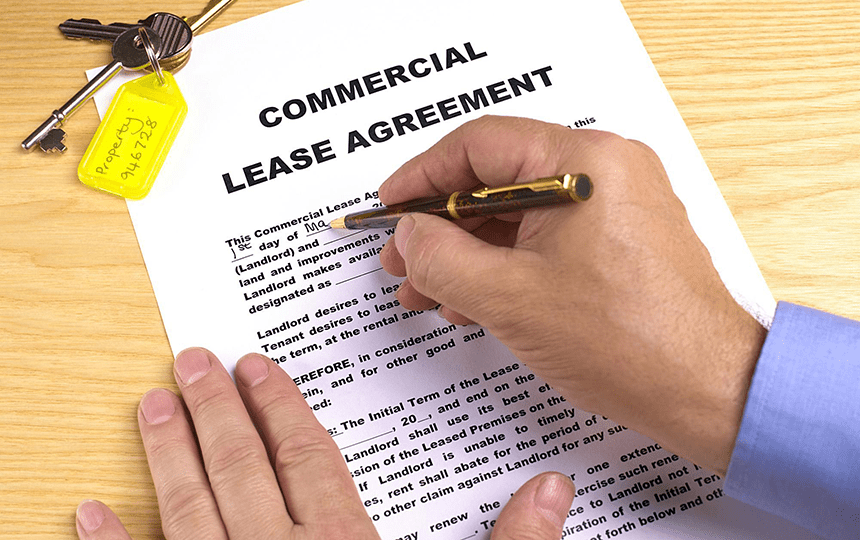All office buildings offer an asking rental rate to potential tenants making inquiries for available space. A view of the various leases drawn within the same building however, may show a landlord offers different rental rates to tenants. There are a variety of considerations which, when combined, affect a tenant’s annual occupancy cost compared to other neighboring tenants. Knowing and understanding these variables in advance can assist tenants in leveraging their strengths throughout the site selection and negotiation process.
Lease rates are evaluated on an “effective rate” basis. This considers all the concessions offered to each transaction to compare them equally. These concessions include base rental rate, free rent, and tenant improvement allowances. When balanced out they are calculated to represent an annual occupancy cost or average cost per square foot for the lease term.
10 key components that affect rental rates for office tenants
- Negotiating a competitive base rent initially when moving into a building. Lease rates can typically be structured at 10% below the asking rental rate.
- Tenants may receive as much as one month of free rent per year of term in an average or weak rental market.
- It is important to consider the market conditions when each tenant’s lease began. Offered rental rates reflect market conditions, which vary from year to year.
- An existing tenant’s lease rate should be the same or lower than the current asking rental rate in the building unless the existing tenant’s rental rate includes amortization of extensive improvements.
- Tenants must compare leases with similar length of terms for accurate comparisons. Longer-term leases have an additional benefit to the landlord and may be structured at a lower rate than a shorter-term lease.
- The creditworthiness of the tenant is also a consideration when structuring lease rates, tenant improvement allowances, and security deposits.
- The larger space the more economical and lower the rent will be per square foot. Tenant improvement allowances are more cost-effective on a larger unit.
- Some annual base rents remain flat for the entire term, while others demand annual escalations. These escalations can range from annual bumps of 3% or escalations which are tied to the Consumer Price Index. Base rental rates can also have a bump of 15% midway in the term. Escalations are all part of the initial negotiation and can vary.
- The tenant may be able to negotiate a cap on annual increases in operating expenses. This will have a significant impact on the effective rent.
- Lease renewals may credit the tenant for already amortized improvements. If so, the renewal language should be 90-95% of fair market value.
During the initial site selection stage and at the time of a lease renewal a tenant should request proposals from several landlords. This will provide the tenant with a true understanding of their value in the market place.
Creating competition results in most economic terms.
—
Jeanne Sabo-Rothenberg, CCIM
Vice President
NAI DiLeo Bram & Co.
Cell: (908) 377-9004
https://www.commercialrebroker.com/
jrothenberg@naidb.com

